TABLE OF CONTENTS
Do you have dreams of becoming a master breadmaker at home? Do you have some experience in the kitchen and want to learn how to elevate your bread-making to the next level?
Whether you want your loaves of bread to have the finest oven spring possible, you may be wondering if there is a simpler and more effective approach to achieve this. You may need to know answers of some questions, like what size dutch oven for bread, etc.

Why Bake Bread in a Dutch Oven?
The most efficient Dutch oven for bread baking at home in the comfort of your kitchen. If you want to make sourdough bread in your own home that tastes as if it came from a bakery, the simplest and easiest method to do it is to use a dutch oven. Baking bread at home is increasingly widespread in today's society, and particularly in light of the Covid epidemic, there has never been a greater enthusiasm among individuals to bake bread at home in their kitchens.
Bread baking in Dutch oven is the best approximation a home baker can make of the gorgeous loaves of artisan bread sold in bakeries. In addition, there has never been a time when bread-making at home has been simpler, and a large part of the credit for this goes to the extraordinary baking qualities of the dutch oven.
But what exactly is a dutch oven? What size dutch oven for bread? This article provides a comprehensive look at the operation of a dutch oven, as well as its different varieties, sizes, and applications, and which one is ideal for your requirements for bread making.
Is a Dutch Oven the Ideal Tool for Baking Bread?
The yeast activity quickens as the temperature of the dough rises. The characteristics of a Dutch oven result in a loaf that has a taste of its own and a crisp crust. This contributes to the creation of the fluffy bread that we all enjoy eating. However, if the crust becomes too firm too fast, it can prevent the dough from expanding.
A Dutch oven that has a cover that can be properly sealed is different. This is because the oven has a cover, which prevents water from escaping, keeping the crust wet and pliable for a longer period. The bread continues to rise, resulting in a texture that is more and more fluffy.
There are alternative solutions available, even though a Dutch oven is a fantastic choice for baking bread. If you want to make sourdough bread, in addition to the Dutch oven, you will need additional items, the most significant of which is a tea towel.

How to Choose the Best Dutch Oven for Baking Bread
Choosing the best dutch oven for your kitchen is an individual process that depends heavily on the anticipated use and available funds. Here are some factors to keep in mind while shopping for the best dutch oven for bread-making requirements.
Because enamel prevents the surface from reacting with acidic meals, Dutch Ovens are sometimes given this coating. When someone refers to a Dutch oven, they are referring to a kind of deep pot that is constructed of heavy cast iron and has a cover that is also heavy and fits very tightly. This type of pot is ideal for baking bread.
When you pick up the oven, it should have a hefty feel to it, with substantial walls and a similarly thick bottom. This is an important attribute to check for. A Dutch oven with a capacity of at least 6 quarts comes highly recommended.
The capacity of this is plenty for slow-cooking bread or preparing enough for a large gathering. Check to see whether you will still be able to readily grab the handles and the knob on the lid even while wearing the hefty oven mitts that you have purchased.
What Size Dutch Oven for Bread?
When baking bread, accurate portioning for individual customers is required. And there is just one that is the perfect size for making bread, and that is a standard 5-qt size.
Any size ball of bread dough may be baked in a dutch oven that has a capacity of 5 quarts. It will provide the loaf with sufficient area for expansion in addition to enough headroom. It is possible to use either a round boule of bread or an oval shape with it.
Anything more than a 5-quart capacity is completely unnecessary. Since a bigger pot will need to generate more steam than a smaller one, the efficiency of the 5-quart pot will be much higher. A Dutch oven with a capacity of 5 quarts ought to be sufficient for baking any size loaf of bread, provided that you do not need it for purposes other than bread.
This size of the Dutch oven is not only simpler to store but also less in weight. There are certain pots that are bigger than 5 quarts that may become pretty heavy and take up a lot of room.
What Shape Dutch Oven for Bread?
It makes no difference whether the size of your Dutch Oven is circular or oval; however, the shape of the bread that emerges from the oven is what matters. The ideal form for bread is a Dutch oven that is broader and has a shallower depth. It makes it simpler to remove the bread out of the oven without risking burning yourself, and it prevents you from being burned.
With three to four quarts, you should be able to make a respectable loaf of bread. If you like preparing larger amounts, you should consider purchasing at least 5 quarts of the product. In terms of the size, I would recommend at least three quarts for every pound and 450 grams of bread that you make. This is just a basic recommendation.
A Dutch oven with a greater capacity will allow you to bake bread rolls, oval loaves and other non-round loaf shapes in addition to round loaves, as well as larger loaves.
Best Dutch ovens for Baking Bread

Enameled Cast Iron Dutch Oven Blue Color | 5-Quart | Imarku
Imarku, a professional kitchen partner, takes great pride in the workmanship, beauty, and attention to detail of its cookware, which has earned the confidence of millions. Featuring careful handwork and high-quality components. How food is prepared is profoundly influenced by aspects such as its form and architecture.
This enamelled cast-iron braiser by Imarku will rapidly become the most versatile equipment you own for use in the kitchen. It offers outstanding performance in the kitchen and is very simple to use.
There are four layers of superior enamel that provide durability that lasts a lifetime at a price that is reasonable and reasonable. It works well for cooking stews at a low simmer, sautéing veggies, braising short ribs, and baking bread.
The Imarku dutch oven has a one-of-a-kind square view design, bringing together tradition and innovation while also introducing a fresh approach to the cooking process. The increased surface area of the base makes it superior for making sourdough bread and producing unforgettable dinners for your loved ones and friends.
-Pros
Imarku has outer enamel that is resistant to scratching and inside enamel that is resistant to shock, preventing chipping and cracking. Both of these features contribute to the product's extended lifespan. Additionally, it improves lifespan durability and performance.
It has a coating that is free of any toxic substances. It does not react with the acids found in tomato and wine-based sauces, meaning that it is resistant to the formation of rust and corrosion. Your food will be healthier thanks to the fact that it does not include any PFOA or cadmium.
The Imarku professional structural design on the edge of the lid may prevent air pressure differences, which in turn prevents chipping. Spiked lids with a snug fit are purposefully designed to reintroduce moisture to the meal while also facilitating the circulation of steam for enhanced taste.
-Cons
However, bread enthusiasts and professional bakers claim that the form and size of a Dutch oven prevent them from baking more complex loaves, such as baguettes and croissants, and that, depending on the bread's level of fermentation, it may not create enough oven spring to produce a perfectly crisp exterior and light, fluffy-airy crumb.

Seasoned Dutch Ovens vs Enameled Dutch Ovens
Dutch ovens are excellent heat conductors, and because of their sturdy construction from cast iron, they will survive for generations to come, earning their place as beloved family treasures in the process. This is a good reason why Dutch ovens have remained popular over the years.
Before the product is used for the first time, it must be aged in order to eliminate any pollutants that may have been left over from the manufacturing process. The process of seasoning a Dutch oven involves applying oil in order to preserve the cast-iron material, prevent corrosion, and produce a surface that is less likely to cling to food.
The coating of the Dutch oven will become more durable the more you use it, which should result in an improvement in the quality of the food you prepare each time. The seasoning process is unnecessary for enamelled dutch ovens.
Cast iron is used in their construction, but they have an enamel coating that makes the surface nonporous. This makes them simpler to maintain and less likely to rust than uncoated cast iron.
Because of its weight, which contributes to improved heat retention and dispersion, an enamelled cast-iron Dutch oven is the ideal cooking tool for braises and for some bread baking.
It is perfect for browning meat at high heat on the stovetop and then moving the meat to the oven to continue cooking at a low temperature for an extended period of time. These types of Dutch Ovens are renowned for being durable and flexible compared to seasoned ones.
Tips for Taking Care of a Dutch Oven
No specific skills are required to use a Dutch oven for cooking, but the pot will last much longer if you take good care of it. This is particularly true if you've seasoned your Dutch oven by hand instead of using enamel.
You should save the pot's included clips
In order to prevent the pot and lid from banging and scraping against one other while being transported, most Dutch ovens are equipped with these little clips. Keep them and place the lids on the rim of your pots every time you put them away.
Scrub with a Nylon Brush and some soapy water
Dutch ovens with enamel coatings are very long-lasting and convenient since they can be cleaned in the dishwasher. An enamel-coated Dutch oven may be cleaned by scrubbing it with soapy water and a nylon brush to remove food particles. Waiting until the pot has cooled will prevent thermal shock from damaging the enamel.
A lot of soap producers say you should only use it if you have to. Protecting the fat seasoning on your Dutch oven is especially important if you haven't used enamel. A spatula and a dish towel are all you need to clean up after a day of normal cooking.
Boil
To loosen the hard foodstuff stuck on the surface, add water to a depth of approximately one inch and boil. Stovetop cleaning of the Dutch oven is recommended for particularly obstinate messes.

Best Dutch Oven Bread Recipe
Dutch ovens are a bakery kitchen hero for producing artisanal bread at business and at home. If you're looking for something to satisfy your bread cravings, go no further than these dishes.
Granary Loaf
Whole wheat flour and a pinch of agave nectar create a low-sodium loaf of bread.
Artisan Style Bread
If you love the crusty bread from bakeries but hate having to knead the dough, you'll love this artisanal version. No kneading is required! This has a thick chewy crust and a tender centre, and it has a rich brown hue.
Instant-Pot No Knead Bread
This recipe only needs the major bread recipes! The crusty part is the best, too, making it one of the best recipes to try.
Conclusion
There is a wide variety of dutch ovens available, and picking the right one will depend on your cooking needs, as well as your available funds. Choose trusted brands like Imarku, which has been around for a while and established its name because of its quality.
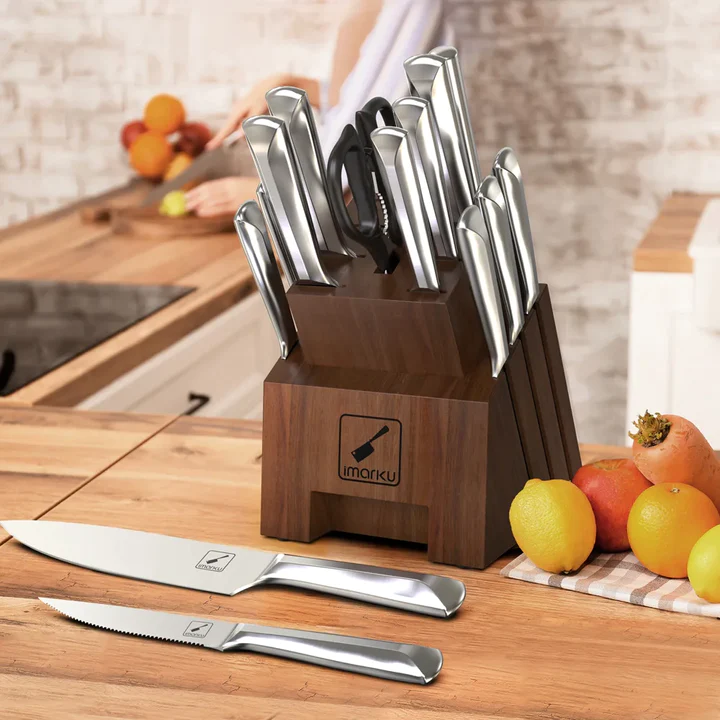
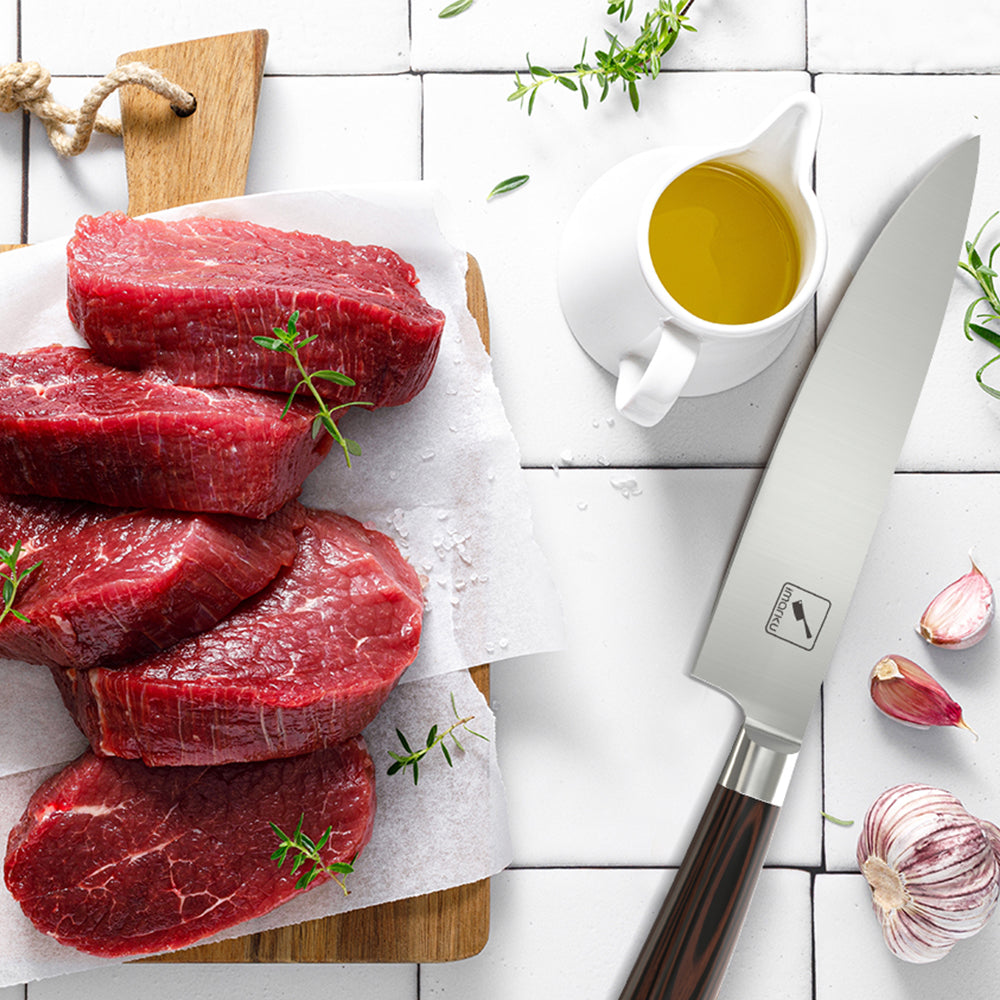
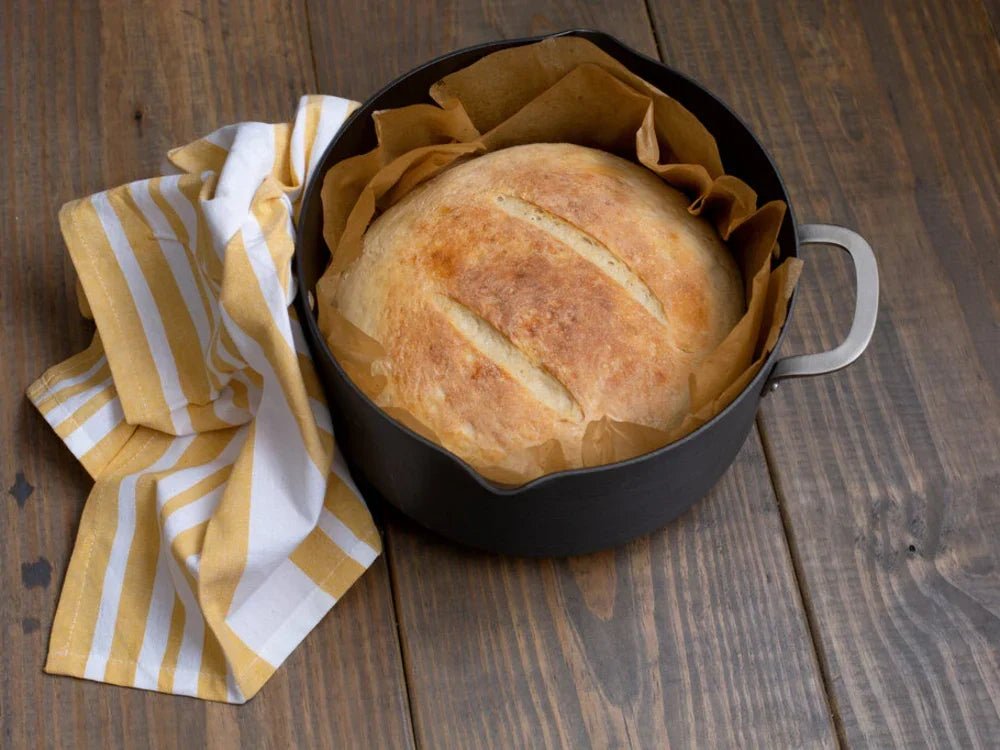
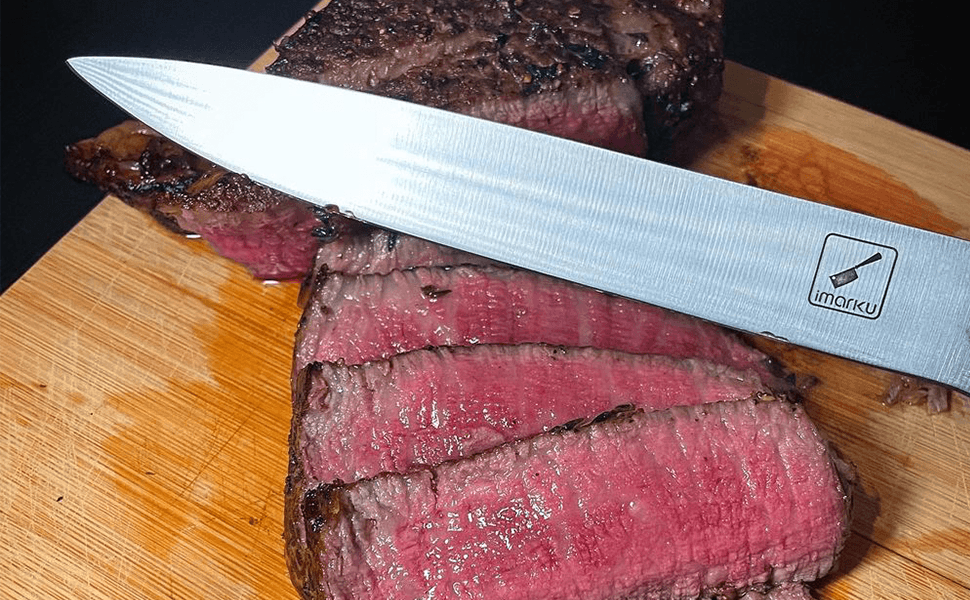
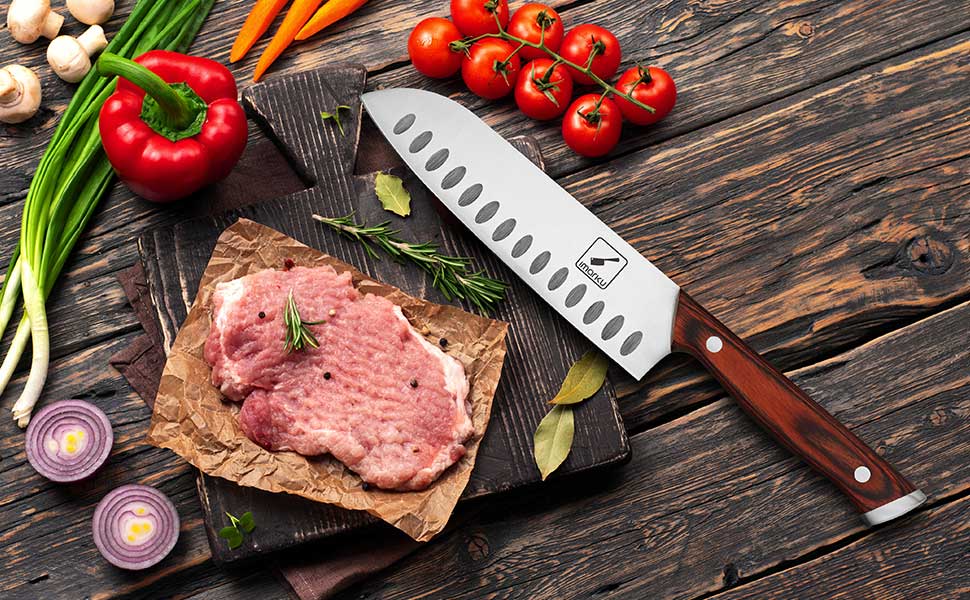

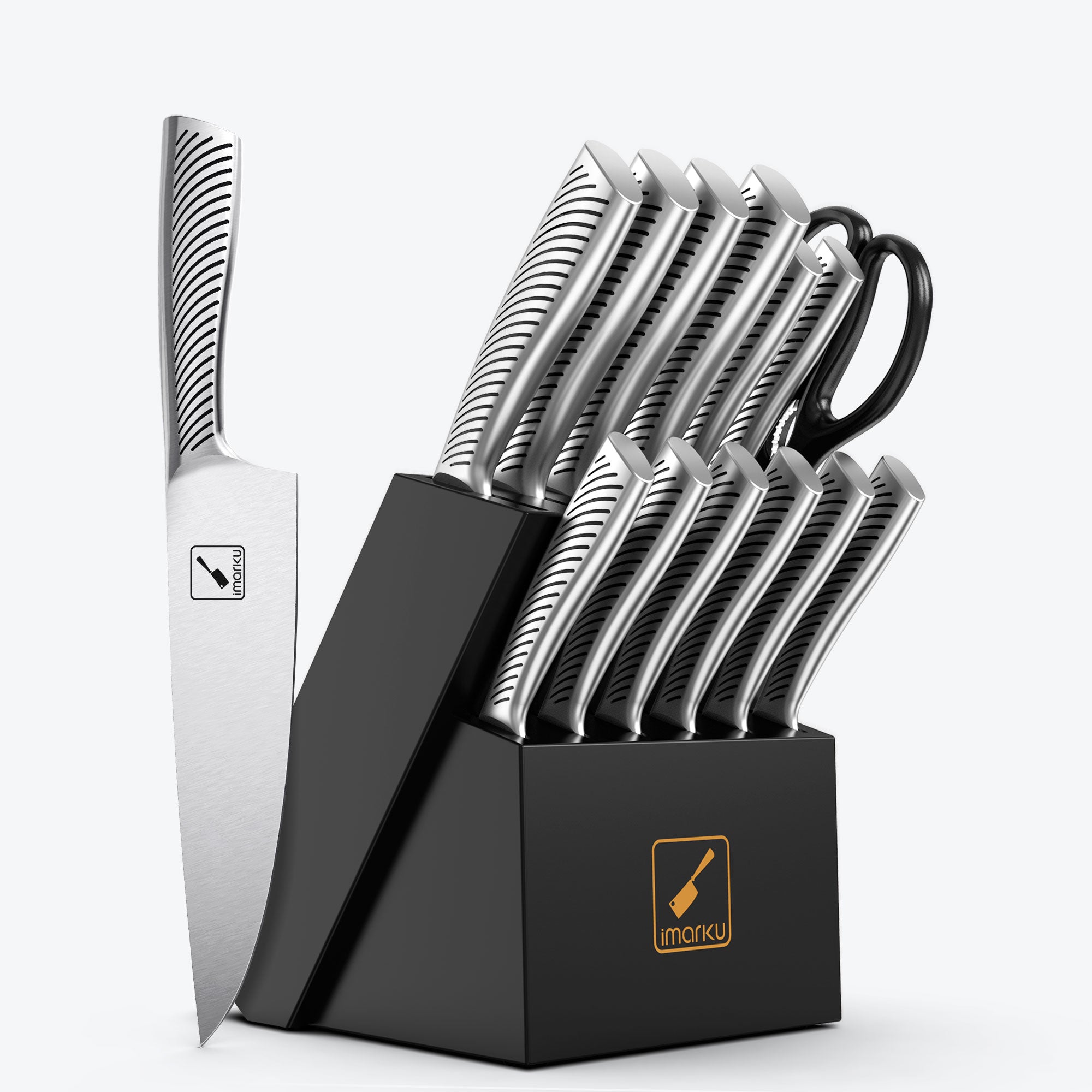

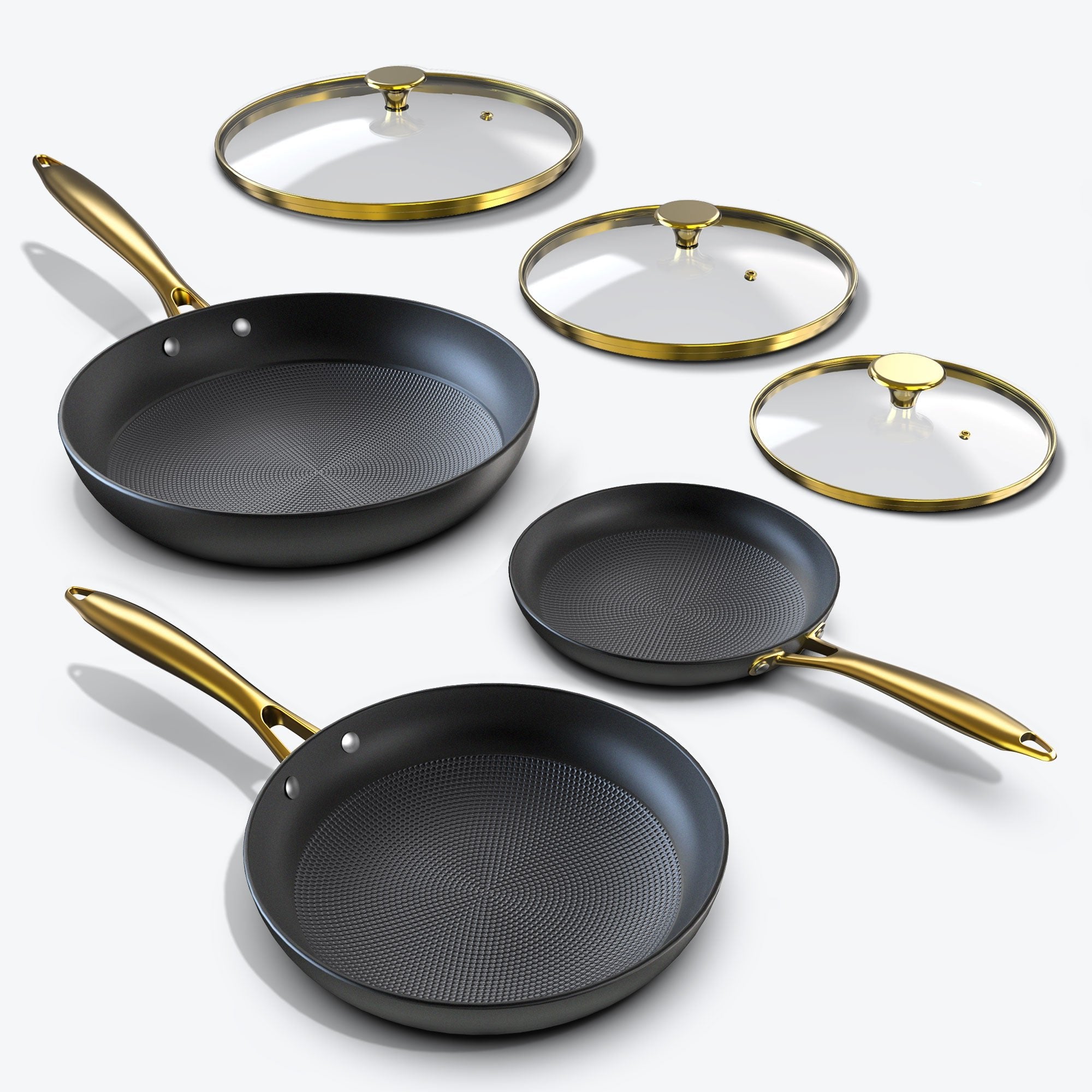
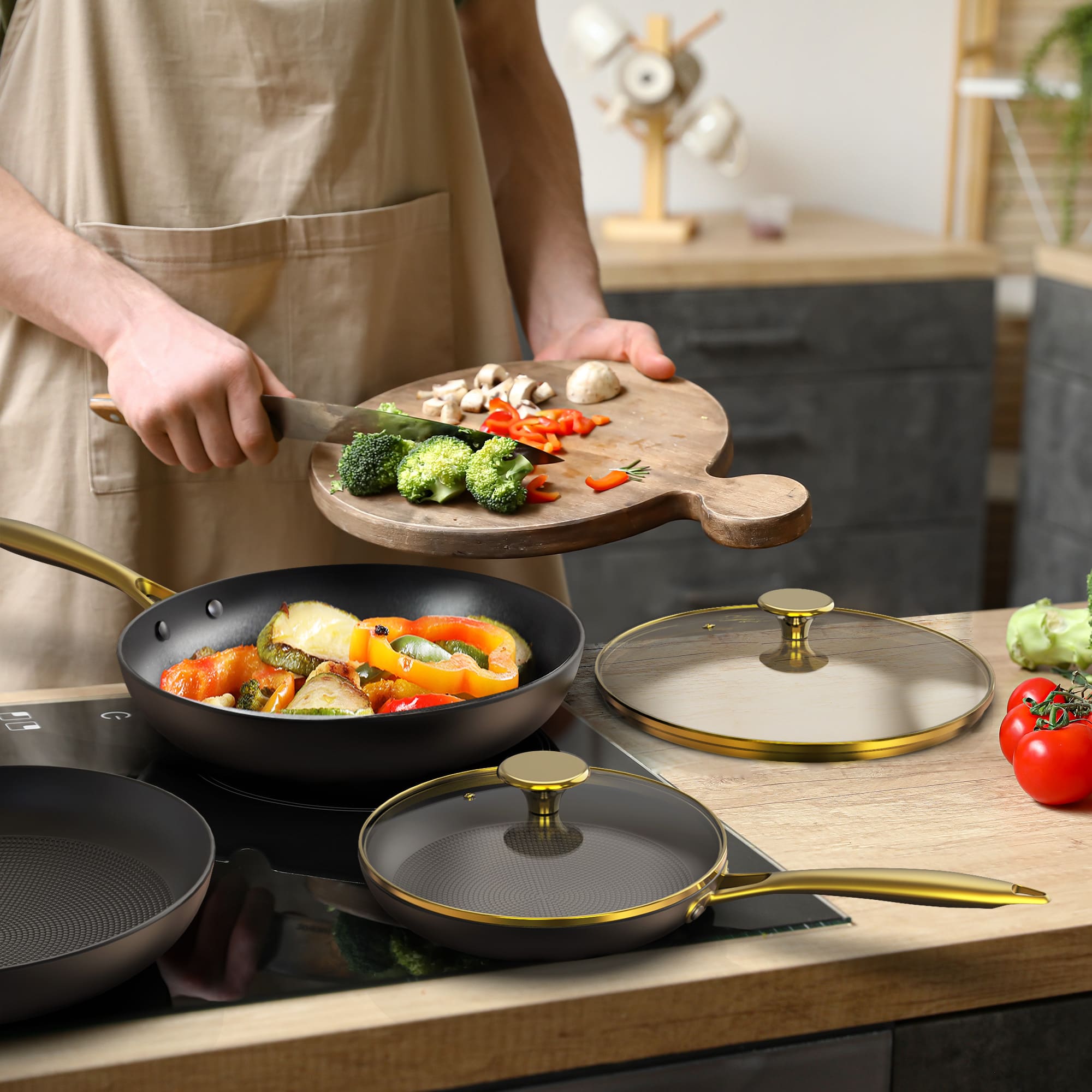
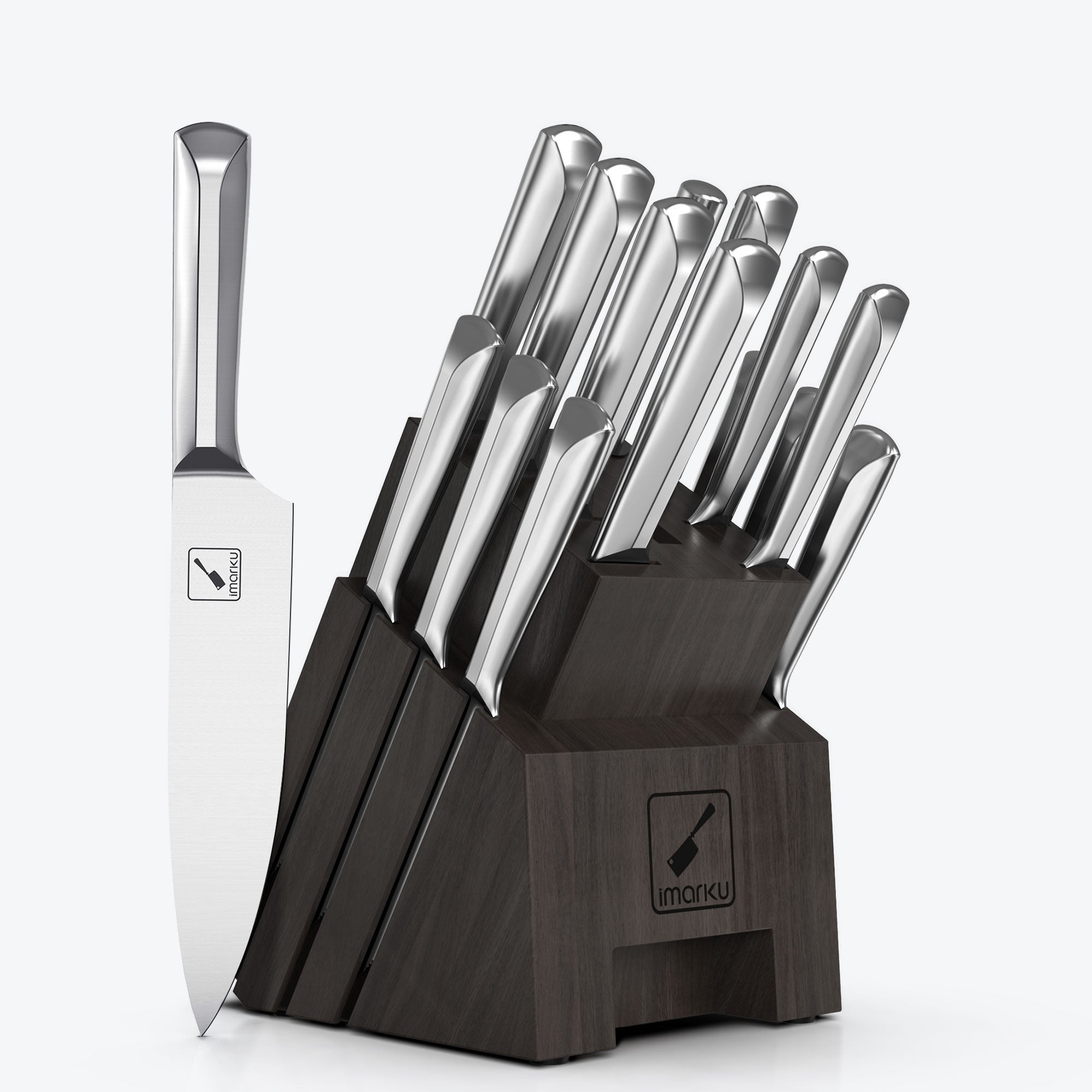

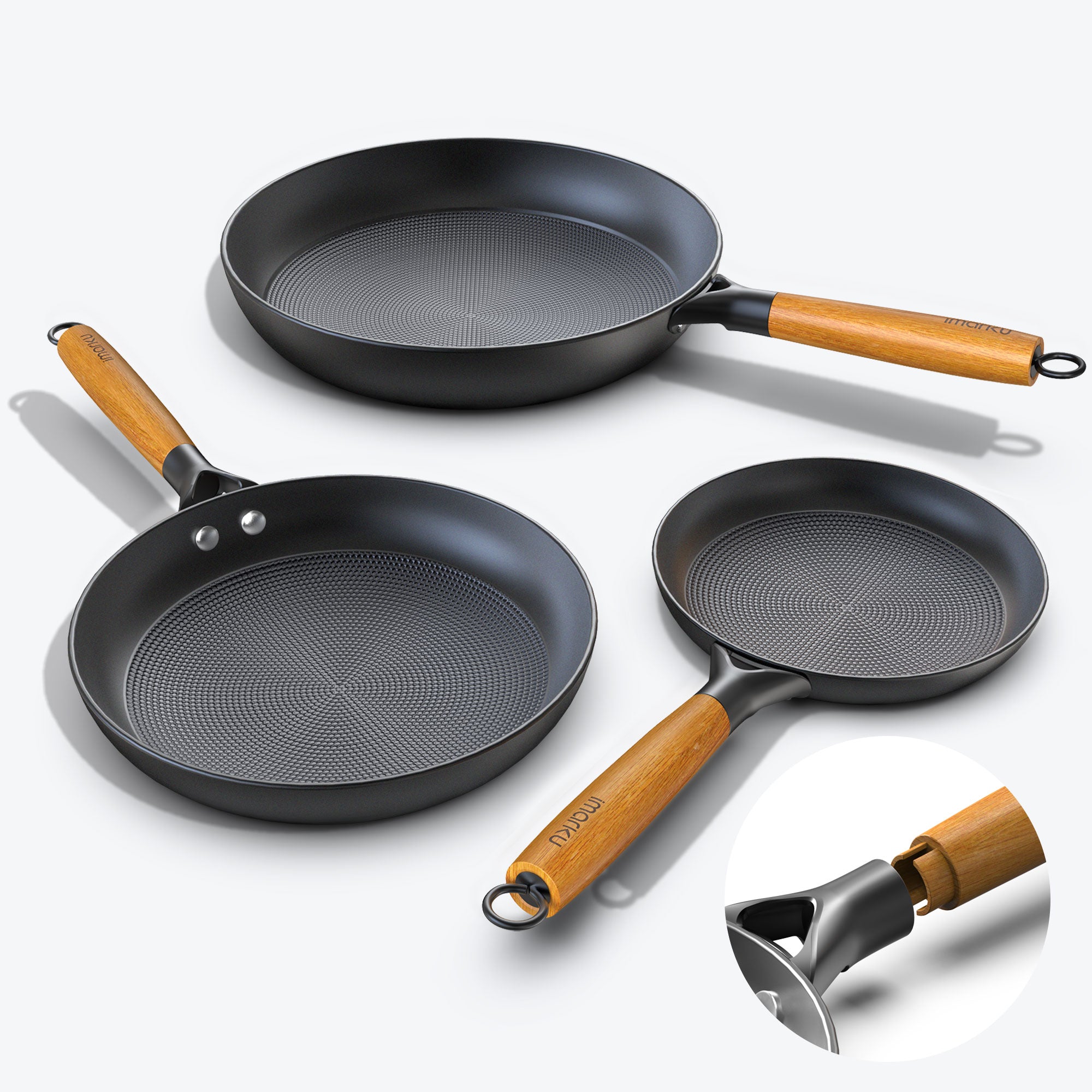
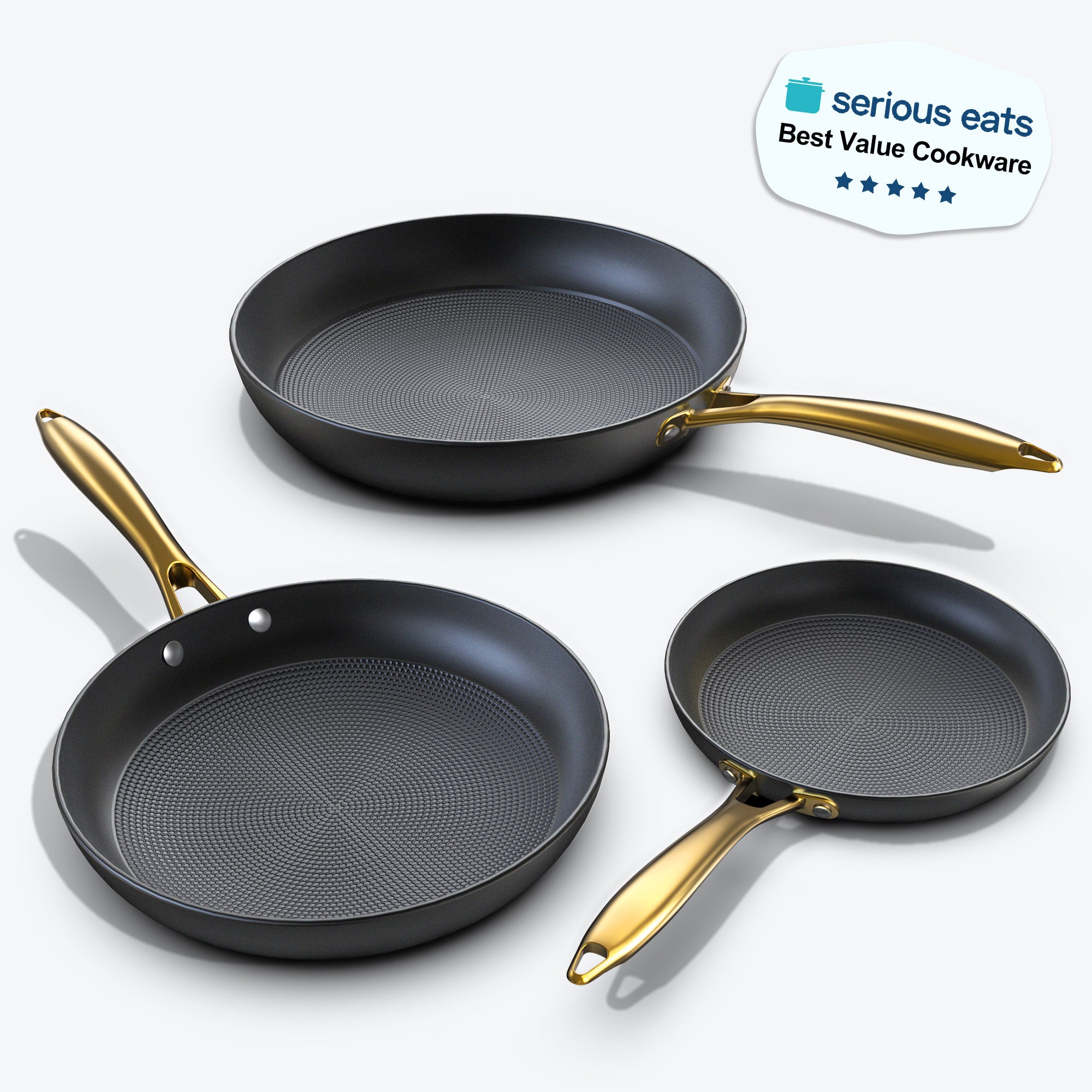
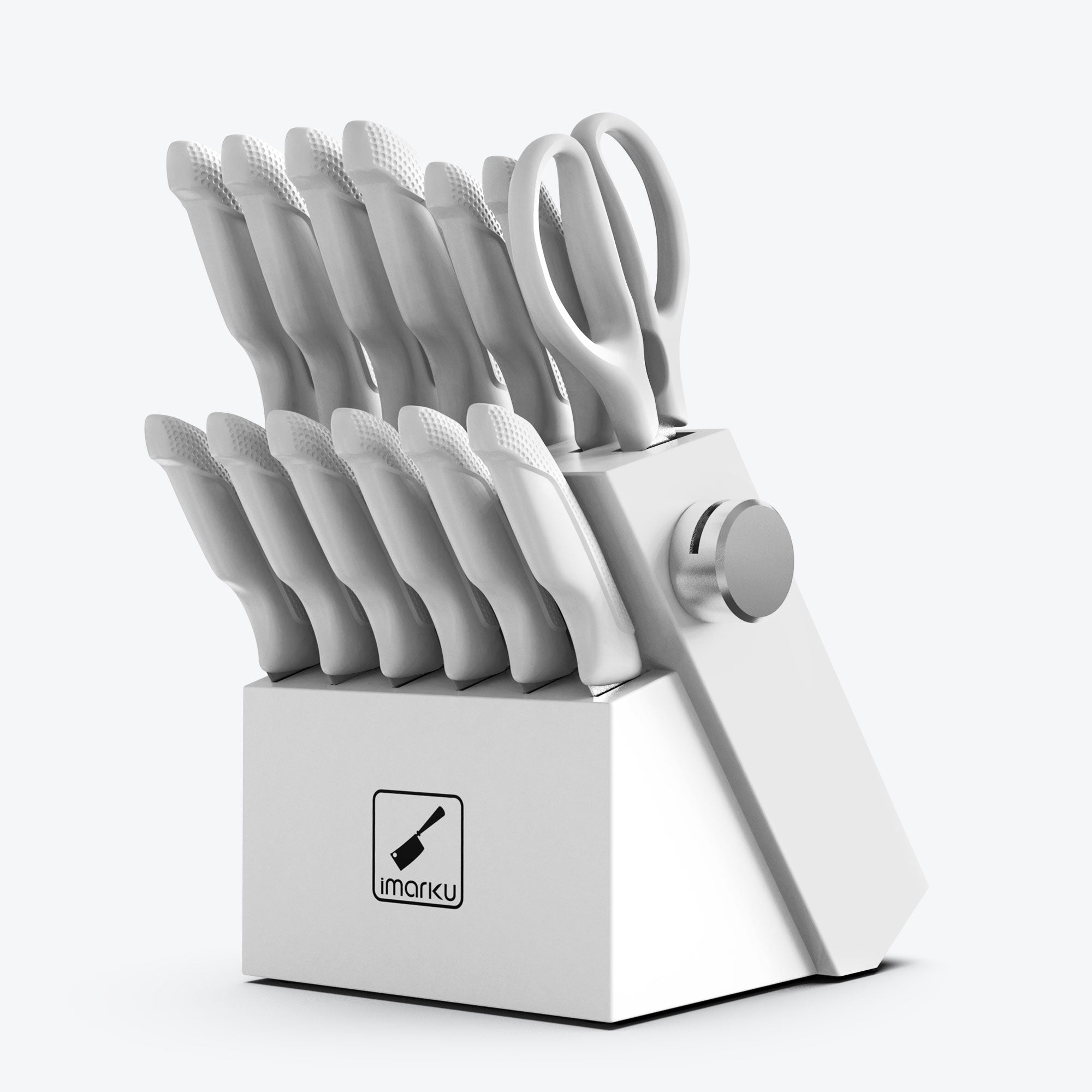
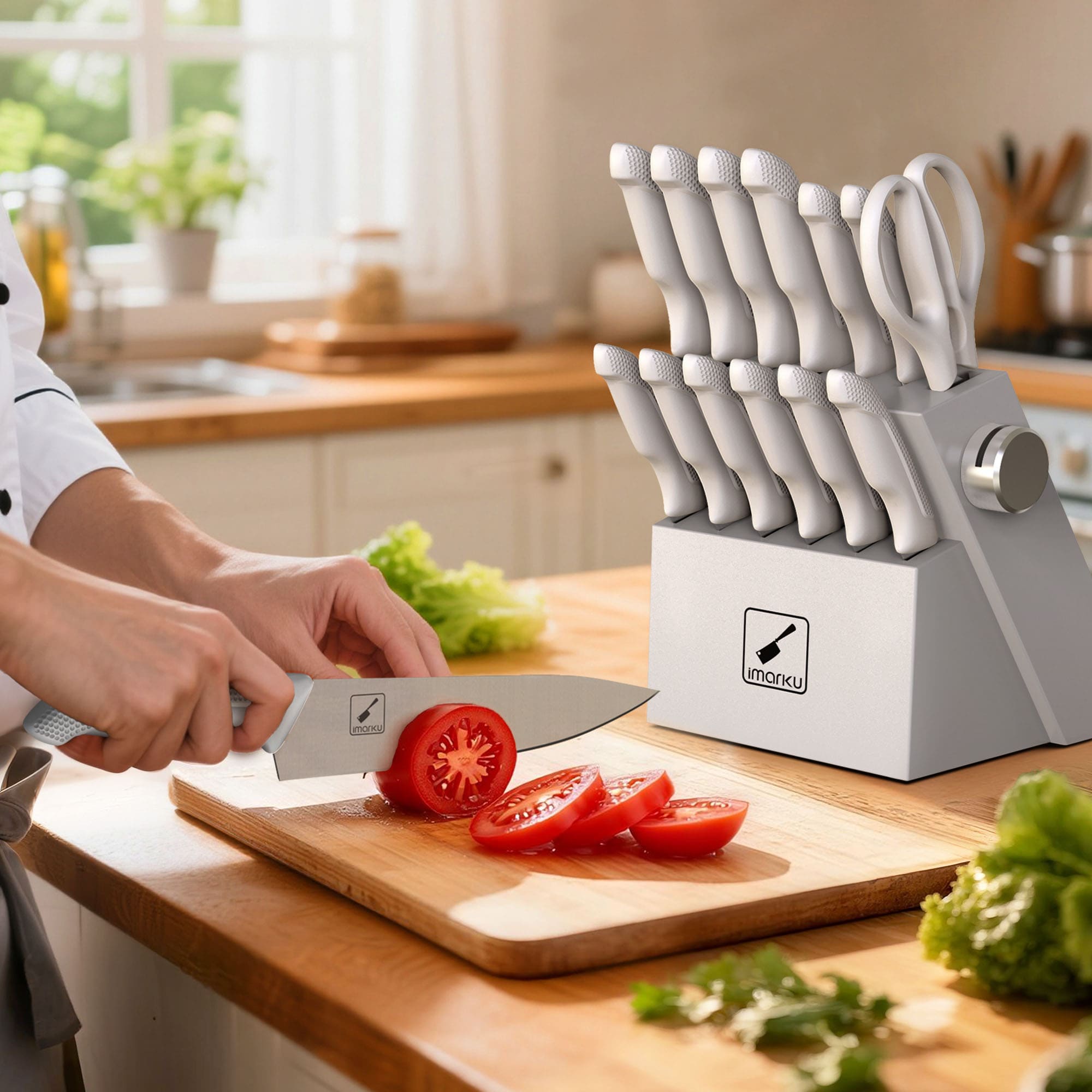
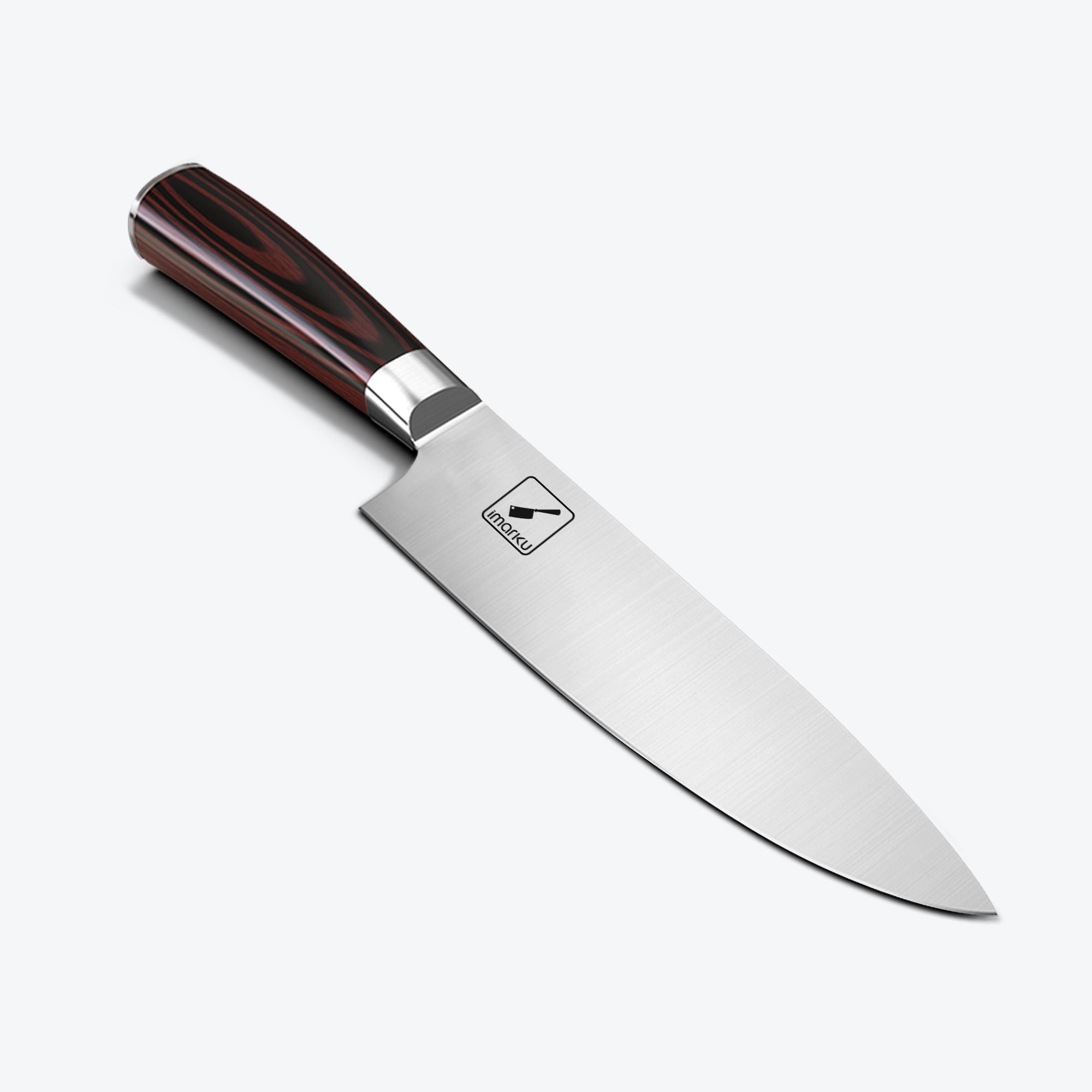

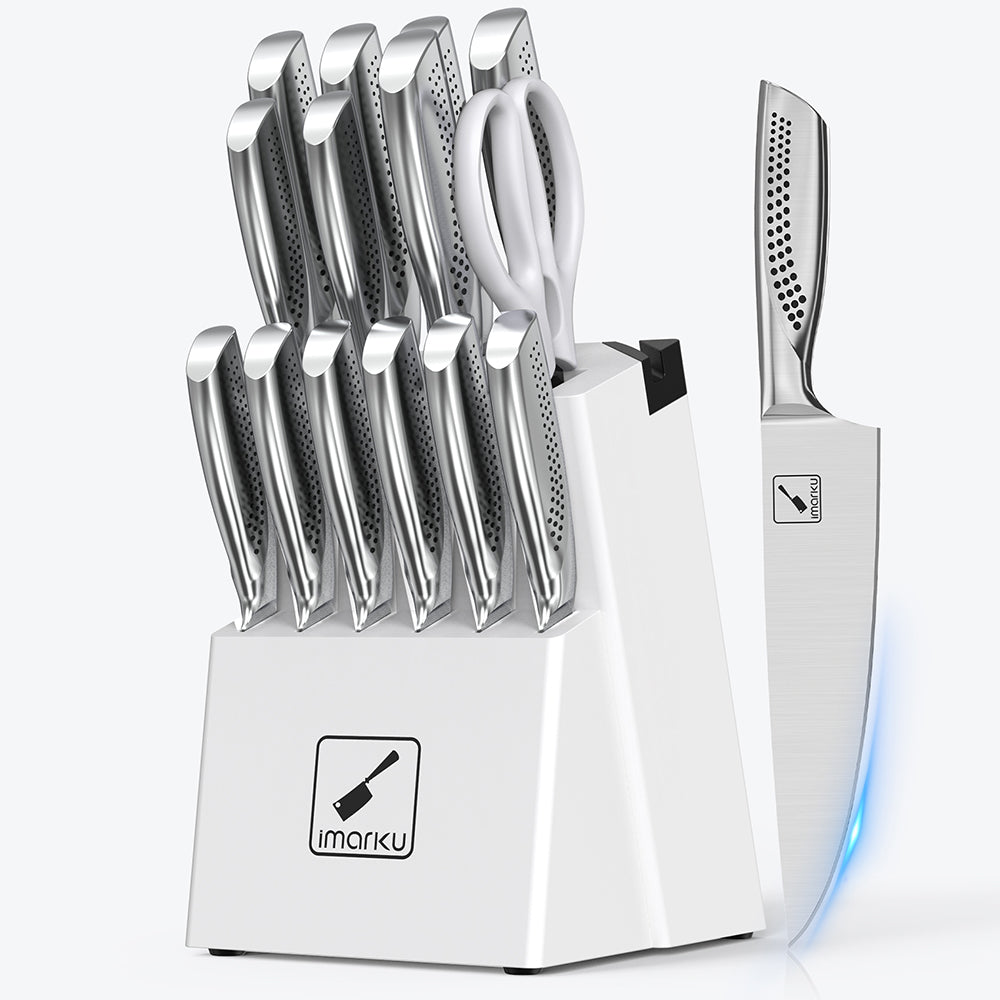

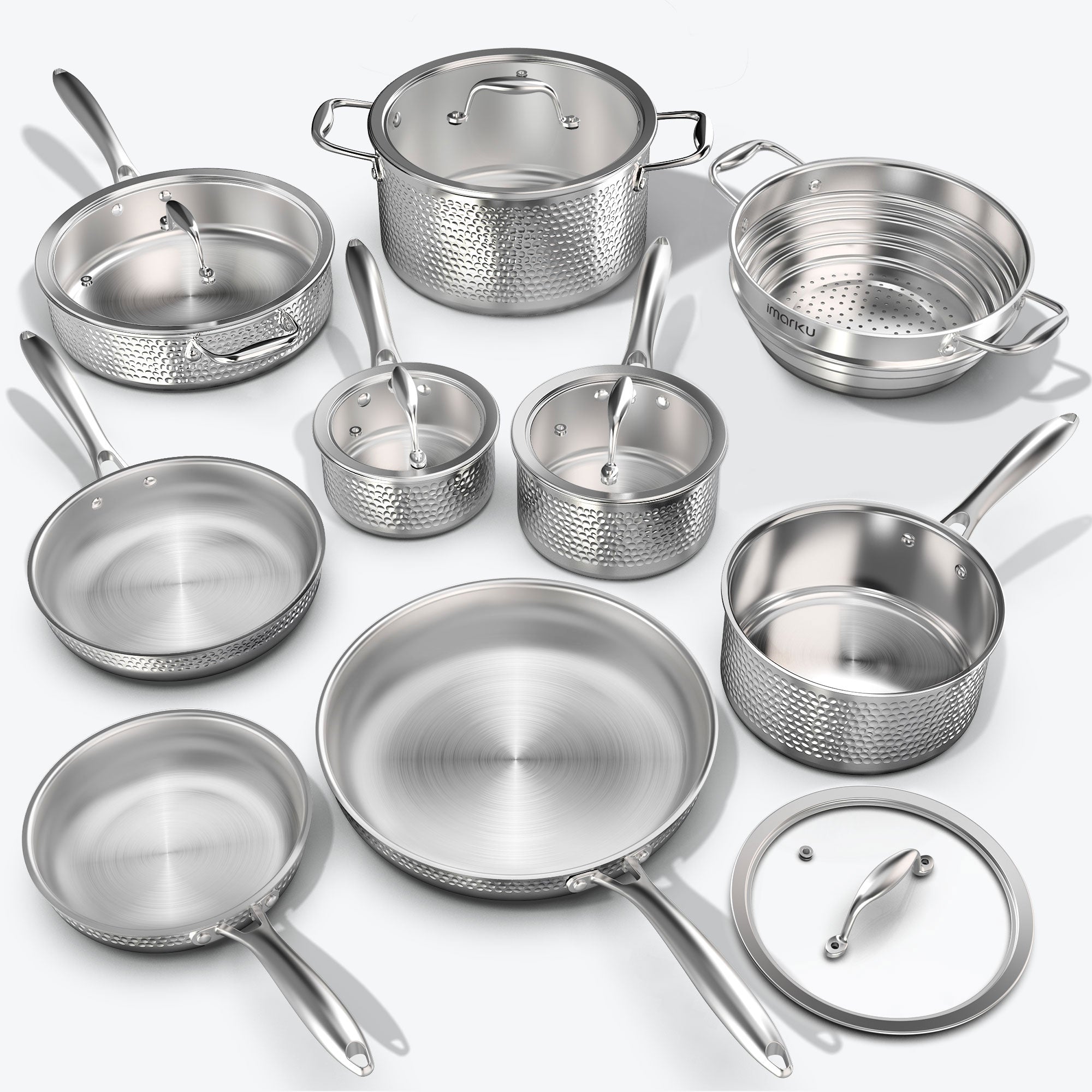
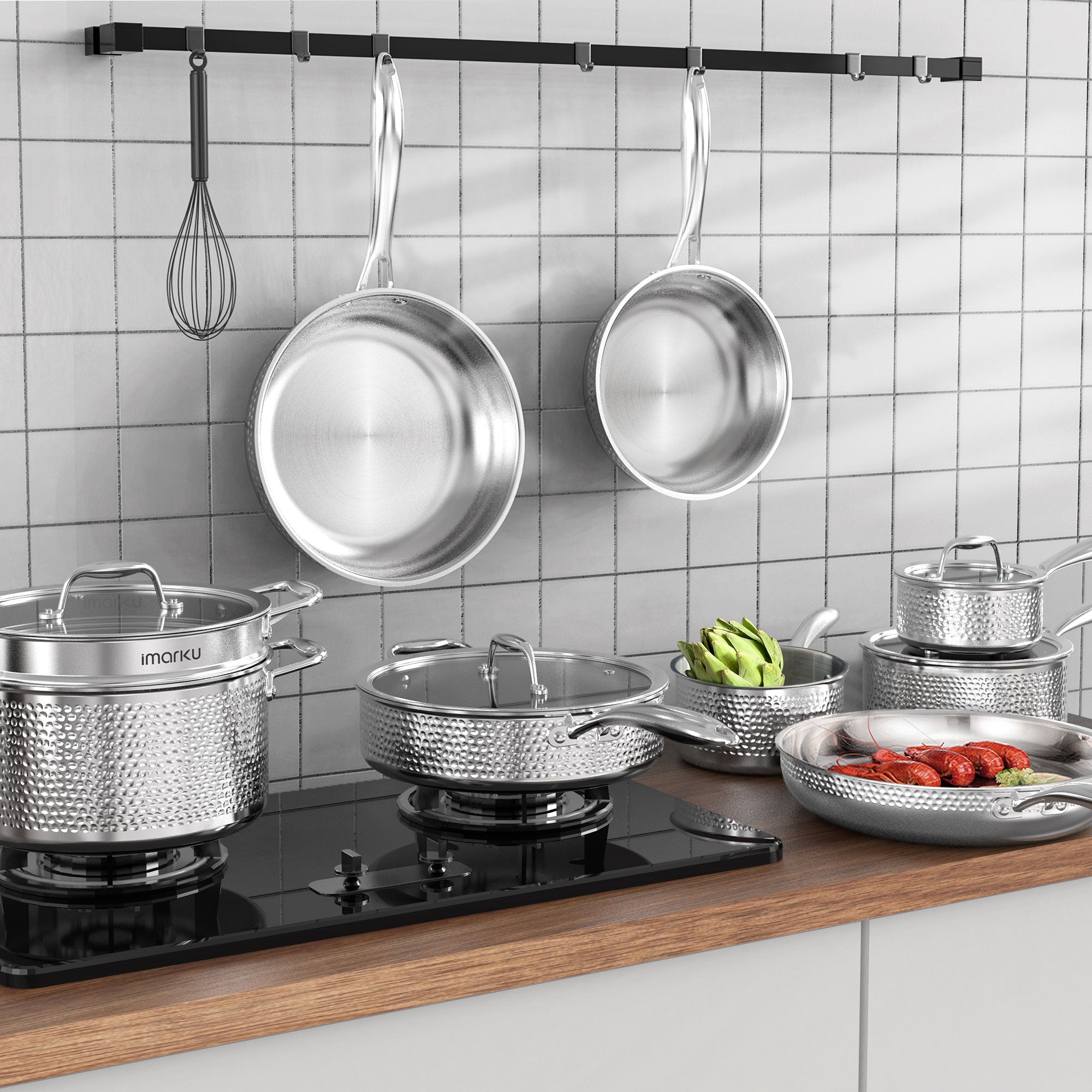
Leave a comment
All comments are moderated before being published.
This site is protected by hCaptcha and the hCaptcha Privacy Policy and Terms of Service apply.